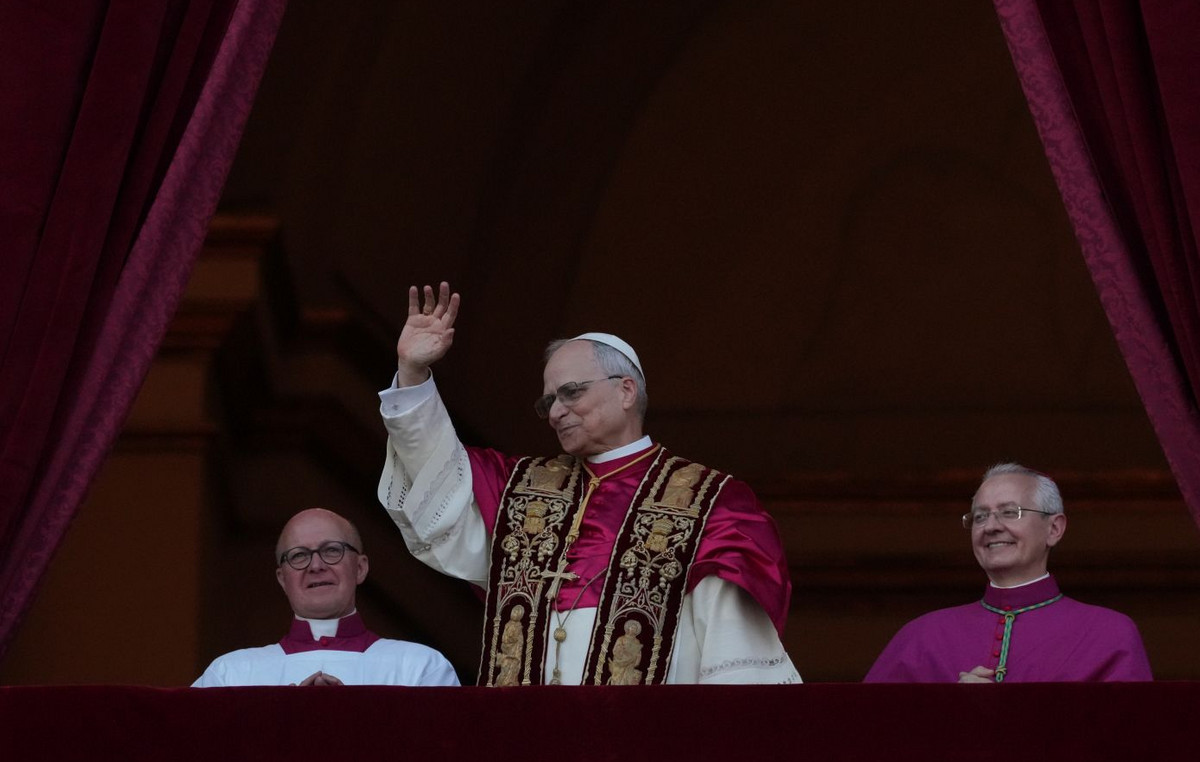In the Vatican, the Dicastery for the Doctrine of the Faith is the one that supervises the observance of Catholic doctrine. The ultra-conservative archbishop was accused of schism by this Vatican ministry Carlo Maria Viganò. The 83-year-old Holy See ambassador to the United States from 2011 to 2016 is accused of effectively abandoning the Roman Apostolic Catholic Church.
X content
This content can also be viewed on the site it originates from.
Accusations
It was Viganò himself who said on social media, showing the document, that he had been summoned by the Dicastery to “take note of the accusations and evidence regarding the crime of schism of which he was accused”. The accusation says that he has “denied the legitimacy of Pope Francis” and “rejected the Second Vatican Council”.
“I consider the accusations made against me an honor,” he wrote, saying that he repudiates, rejects and condemns “the scandals, errors and heresies of Jorge Mario Bergoglio, whose management of power is absolutely tyrannical.” According to Viganò, the Second Vatican Council, that of the modernization of the Church, is «the ideological, theological, moral and liturgical cancer of which the Bergoglian synodal Church is the necessary metastasis».
Schism
Schism is a Greek word that brings to mind the Middle Ages. It means fracture, laceration. It has always been connected to the divisions within the Church that have always existed. Treccani explains that schism is the separation of a group of faithful from the body of the Catholic Church, due to rebellion against the discipline and hierarchy of the Church itself or its doctrine. There is not an ongoing schism, but the ministry that ensures that the Church’s doctrine is observed accuses the attitudes held by Viganò in his criticism of Pope Francis and the Second Vatican Council.
It is not a truth of faith that is denied in a schism, but the primacy of the Pope and the unity of the Church. Instead, they deny a truth of faith, heresy and apostasy. The expected penalty is excommunication latae sentences (canon 1364 CIC) with removal from office. For religious people it can lead to dismissal from the clerical state.
History
The best-known schism of the past is that of 1054 which divided the Eastern church from that of the West, Orthodox and Catholic. It is called the Eastern Schism and is the separation between the Roman Church of the Latin language and rite and the Patriarchate of Constantinople. The Anglican Schism indicates the breakdown in relations between England and the Roman Catholic Church following the Protestant Reformation. The breaking point will be Henry VIII’s desire to annul his marriage. The break with the Catholic Church became definitive with the Act of Supremacy of 1534, which declared King Henry the Supreme Head of the Church of England in the land. The king had final authority in doctrinal and legal disputes.
The Protestant Reformation is another division of Christianity. It began on 31 October 1517, the day on which Martin Luther nailed his 95 theses against the scandal of indulgences to the door of the Wittenberg castle church, addressing the problems of penance, sin and grace. The Treccani encyclopedia explains that the Lutheran doctrine became a weapon in the political struggle of the German princes, who saw in it the possibility of escaping imperial authority and confiscating ecclesiastical assets. The Peace of Augsburg (1555) established the division between Catholics and Protestants on the basis of principle cuius regio, eius religio which required subjects to follow the religion of their prince.
Source: Vanity Fair
I’m Susan Karen, a professional writer and editor at World Stock Market. I specialize in Entertainment news, writing stories that keep readers informed on all the latest developments in the industry. With over five years of experience in creating engaging content and copywriting for various media outlets, I have grown to become an invaluable asset to any team.







